The Independent's journalism is supported by our readers. When you purchase through links on our site, we may earn commission.
9 of the best things to do in Barcelona
There’s a dizzying range of things to see in Catalonia’s cultural melting pot
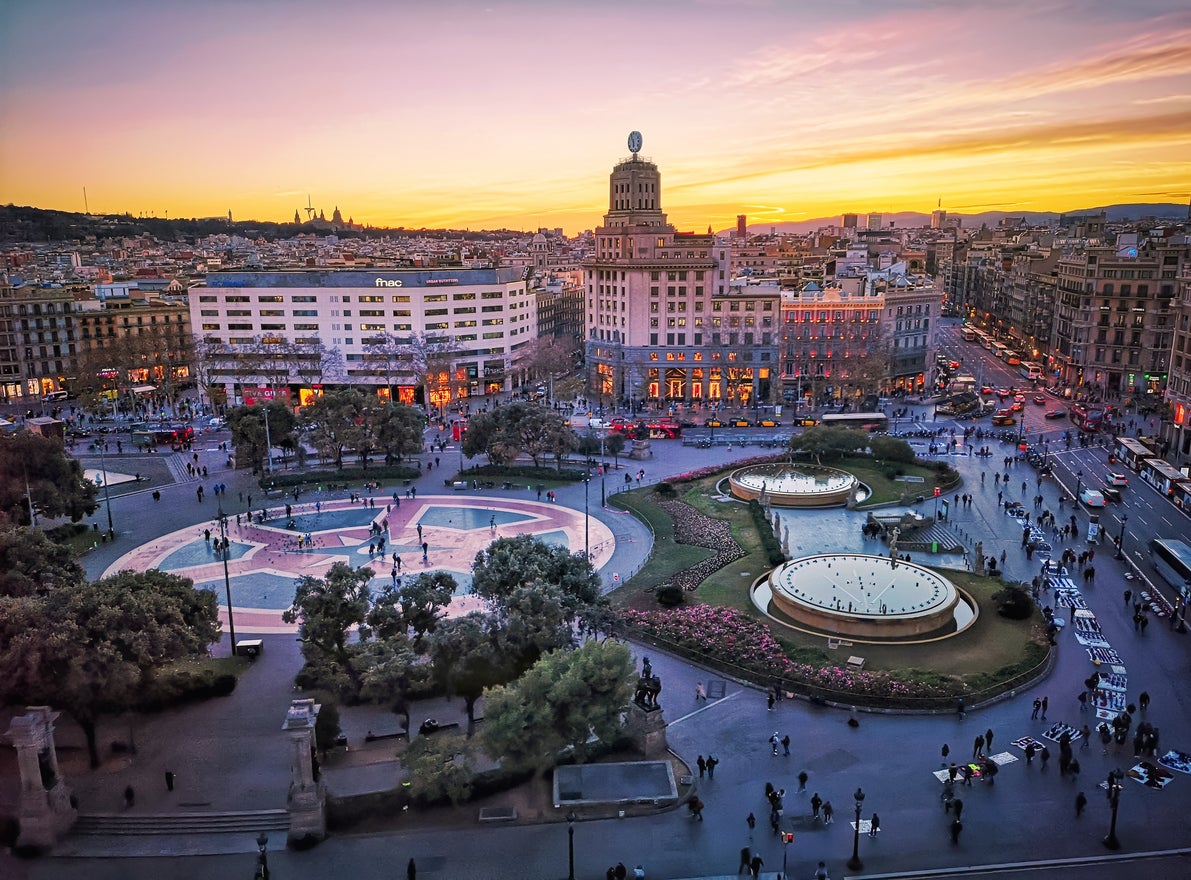
There are two types of tourist: those who love Barcelona, and those who have never been.
The wonders of a visit to Spain’s avant-garde second city are well-documented, with a fusion of Spanish influence, Catalan tradition and the luck of Mediterranean geography creating a destination that has it all in the eyes of many visitors.
It is a city that at various points has diverged from the rest of Spain, from its language and history to the artificial beaches and modernist buildings that have come to define its coastline and architecture.
But it has maintained a lot of what visitors love about Spain – from tapas joints and vibrant nightlife to cultural festivals and a love of football – while adding a slew of things to do that are as unique as the city itself.
We’ve rounded up a selection of the best, from visits to local markets and art galleries to strolls around its Olympic park.
Discover Gaudi’s legacy
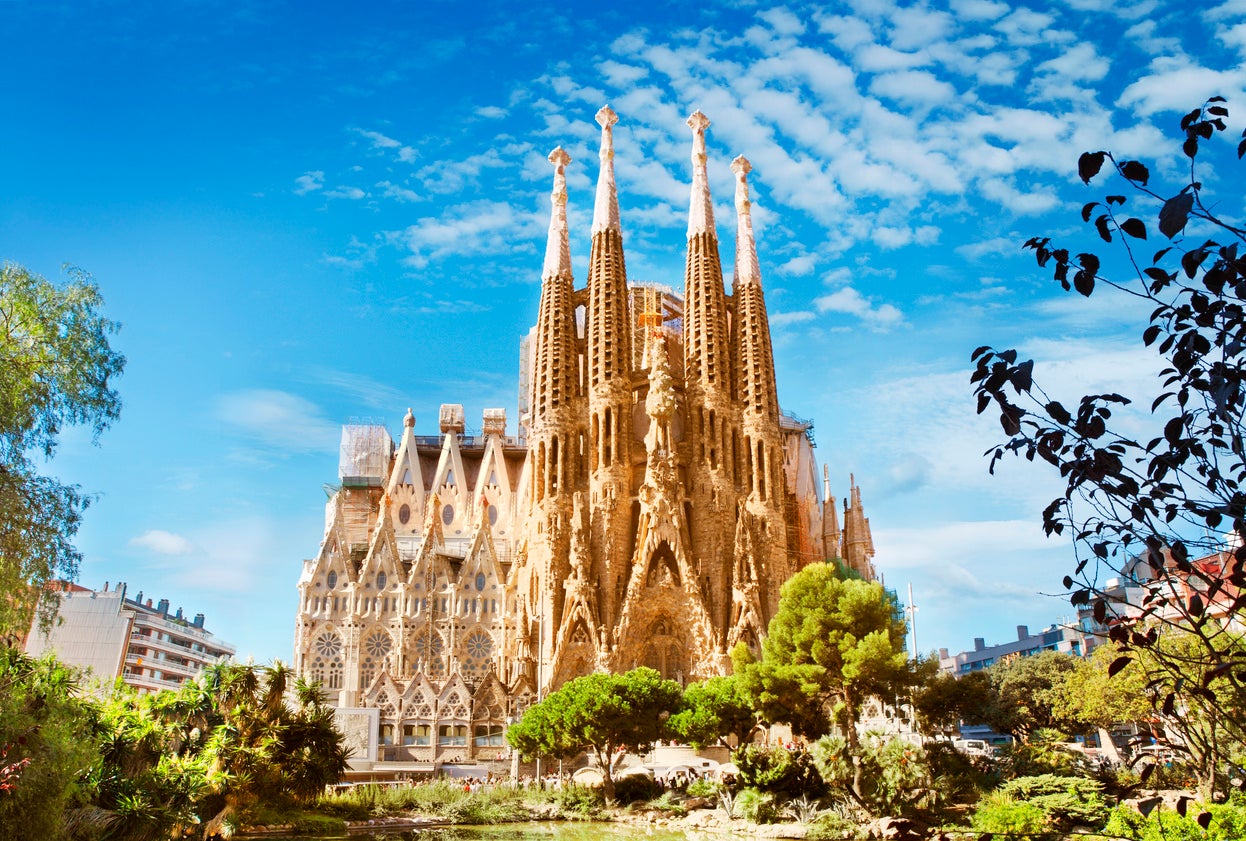
If you’ve never been to Barcelona before, you’ll soon realise that its main landmarks were all the brainchild of the same man, architect Antoni Gaudi, the pioneer of Catalan Modernisme. He is responsible for designing both La Pedrera (also known as Casa Mila) and Casa Batllo, the eccentric buildings located on the city’s main thoroughfare, Passeig de Gracia.
By far Gaudi’s most important work was the Sagrada Familia, a vast Catholic church which began construction in 1882. It is one of Barcelona’s must-visit landmarks, incorporating various design ideas across its 18 spires and intricate facades. Visitors can enter to watch the light pour in through the various stained glass windows before ascending its steeples for a view over the city.
Gaudi’s contributions to Barcelona were not limited to buildings though, and the vibrant Park Guell also contains the architect’s work and his old house, which exhibits some of his other designs. The often-photographed mosaic walls that adorn the central square are one of his most famed projects, though there are other structures to explore in both the free-to-enter and paid sections of the park (combined entry tickets are available on the Sagrada site for €50/£43).
Read more on Spain travel:
Get to the beach
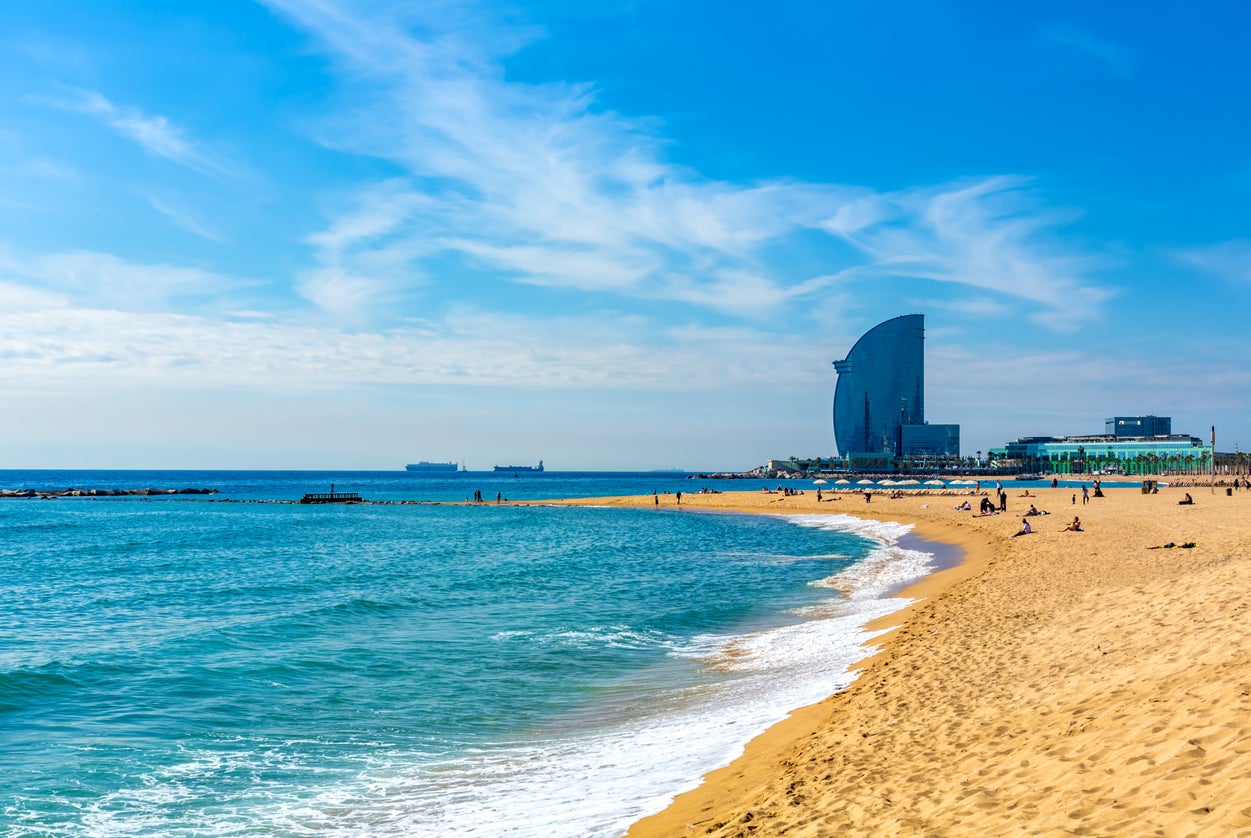
Barcelona’s city beaches are some of its main attractions, with the opportunity for an all-in-one sun, sea and city break being the clincher for many tourists. Its closest shores can be reached within 30 minutes from the centre on foot, making it easy to spend a morning exploring the Gothic Quarter and its cathedral before enjoying an afternoon lying on sun-drenched golden sands or drinking cocktails in buzzing chiringuito bars.
Sant Sebastia and Barceloneta are the first beaches you’ll come to if walking from town, and they’re the main hubs of activity, from well-known paella restaurants to a slew of volleyball and beach football pitches. Further up, Bogatell, Nova Icaria and Mar Bella are more popular with locals and families so are far more calm, with the odd beach shack dotted among the golden sands.
Catch a match
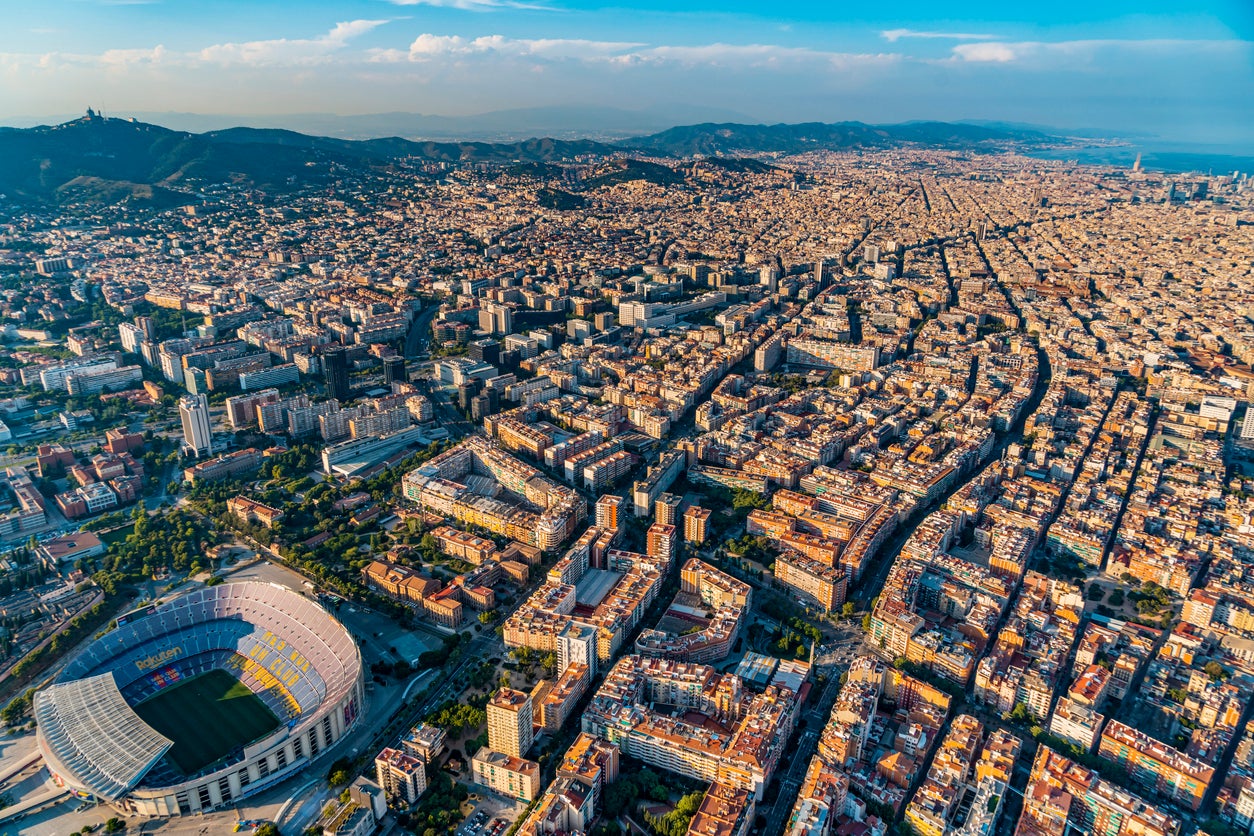
Though Lionel Messi has moved on to pastures new in the US, seeing Barca at home remains one of football’s most memorable experiences. The world-famous Camp Nou is being reconstructed during the 2023/24 season, but those who visit before November 2024 can see the Blaugrana play at the city’s Olympic stadium in Montjuic. Itself a remarkable arena, it is found among the beautiful surroundings of Montjuic and the 1992 Olympic Park (more on that later).
Tickets for Barca games are fairly easy to obtain straight from the ticketing website, with prices usually starting from around €39 (£33).
Trawl through 1,000 years of Catalan art
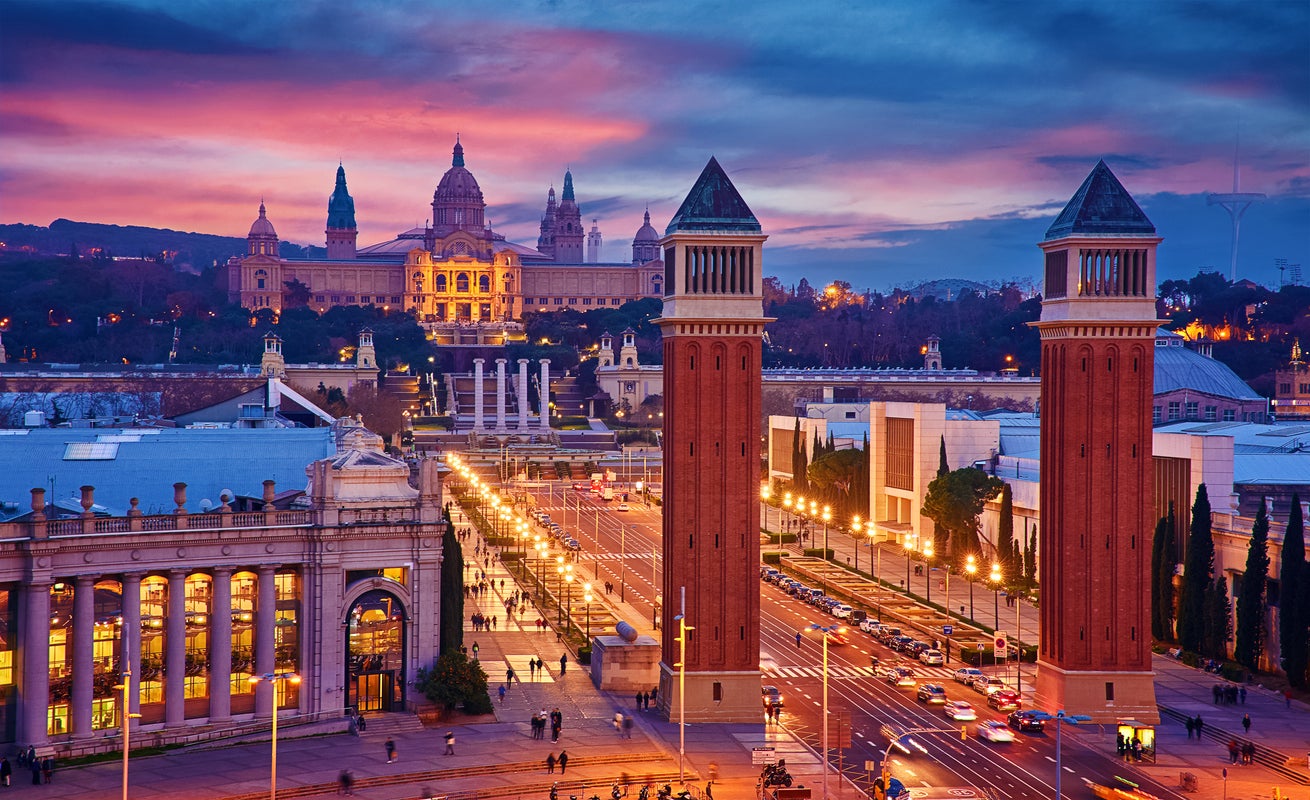
The list of famed artists who hail from Catalonia – or have once called it home – is small but impressive, led by Salvador Dali, Joan Miro and Pablo Picasso. Though he was born in Malaga, it is arguably Picasso who has left the largest imprint on the city, with the Picasso Museum an ever-popular attraction showcasing over 4,000 of his earlier works.
Picasso’s influence is closely followed by that of Miro, who was honoured with his own museum, covering his entire career, in Montjuic park (you can buy a combination ticket for this and the Picasso Museum for €14/£12). Away from specific artists, the Catalan National Art Museum, located in between Montjuic and the bustling Plaza de Espanya, claims to display ‘a thousand years’ of Catalan art, including works by Dali and a sofa designed by Gaudi (from €12/£10).
Drinks with a view
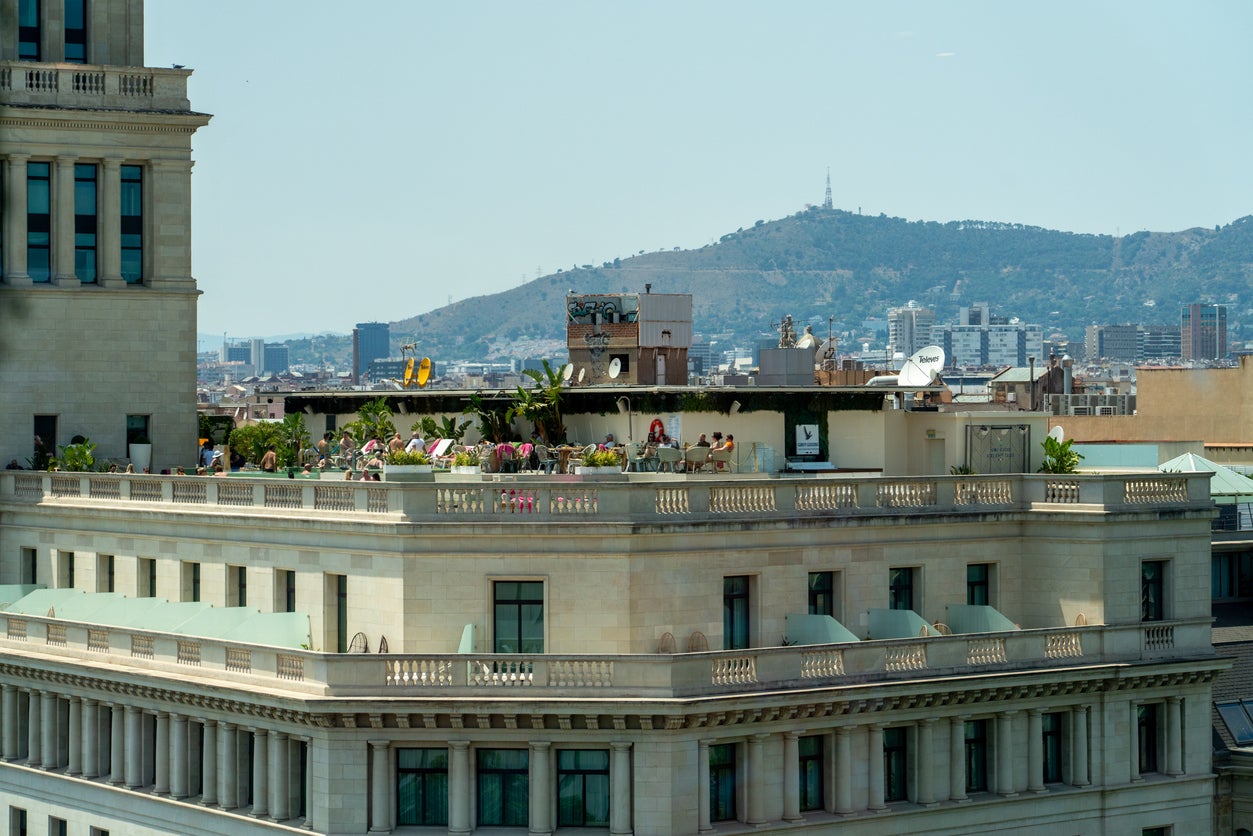
Anyone who loves rooftop bars will love Barcelona. Many of the best are centred around the Gothic Quarter and Eixample, where you can catch vistas of the sea, the cathedral and the bustle of life down below.
The Grand Hotel Central is always popular thanks to its sweeping views of the Old Town, as is the Ohla Hotel’s aptly named Chillout Terrace. Hotel 1898 features a large, airy and often quieter terrace right above La Rambla, while the Iberostar Paseo de Gracia offers a large seating area with views over Placa de Catalunya, extending all the way over to the Sagrada Familia.
For an even better view of the famed church, visit the terrace at the Ayre Rosellon, which sits right in front of Gaudi’s masterpiece. Further afield, try Soho House to get fantastic views over the marina at Port Vell, or visit Salts in Montjuic for great views while sitting in the seats used for the 1992 Olympic diving events.
Stroll through the barrios
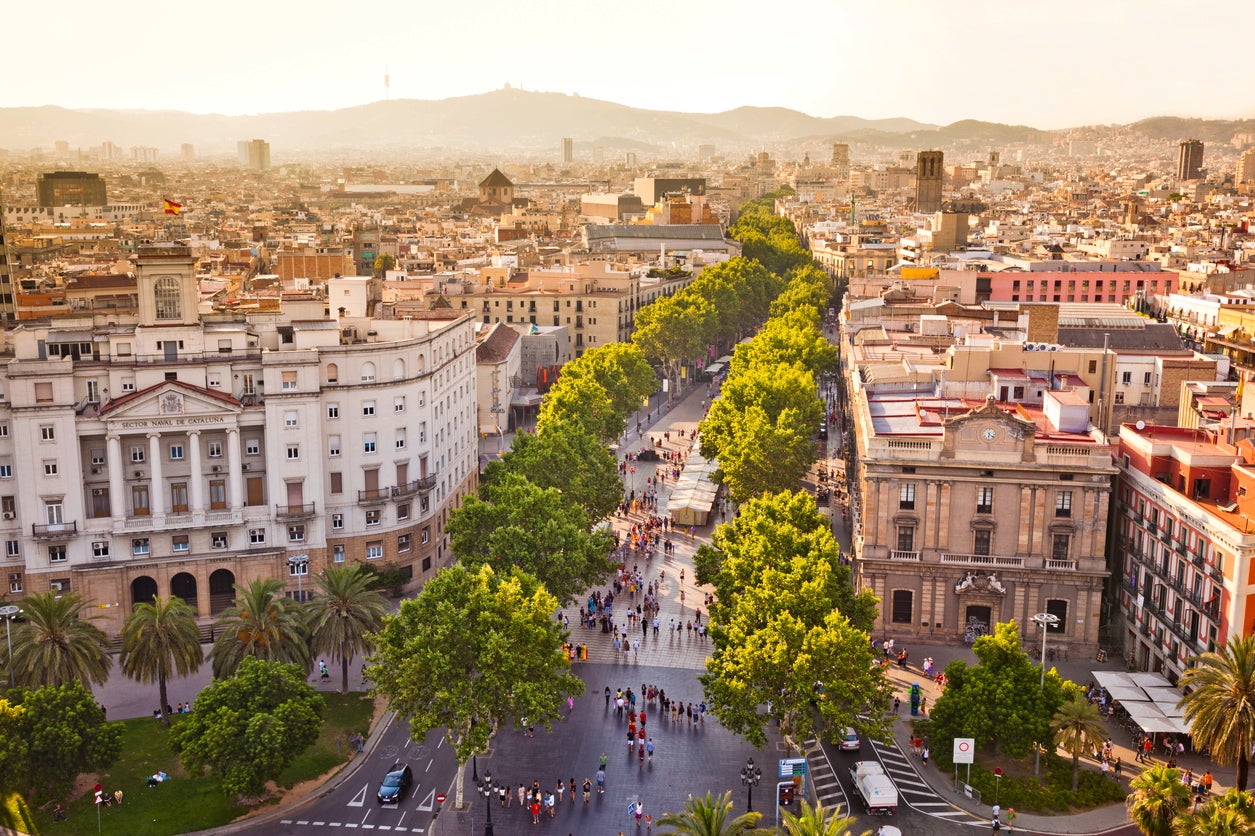
Guide books will rightly detail each of Barcelona’s neighbourhoods, but there are a handful you should make a concerted effort to explore, from the winding streets of El Born to the grid-like patterns of Eixample. The former is one of Barcelona’s most cosmopolitan areas, where plenty of expats live among independent shops and a range of international restaurants. The latter, first built as an area to extend the city past its original walls, is now home to many of its main landmarks, including the so-caled Gaudi buildings, the Sagrada and the Passeig de Gracia, Barcelona’s answer to the Champs-Elysees.
This road will lead you into Gracia, once a separate town and now one of the city’s trendiest barrios, where the Catalan and the international collide in the form of various markets, cafes and yet more international cuisine. This is where locals come to wind down, in stark contrast to the tourist bustle of the Gothic Quarter and El Raval – one the labyrinthine historic centre of Barcelona, the other a neighbouring historic area (and home to La Rambla) that has simultaneously embraced tourism in the form of late-night bars and luxury hotels.
Try a handful of restaurants
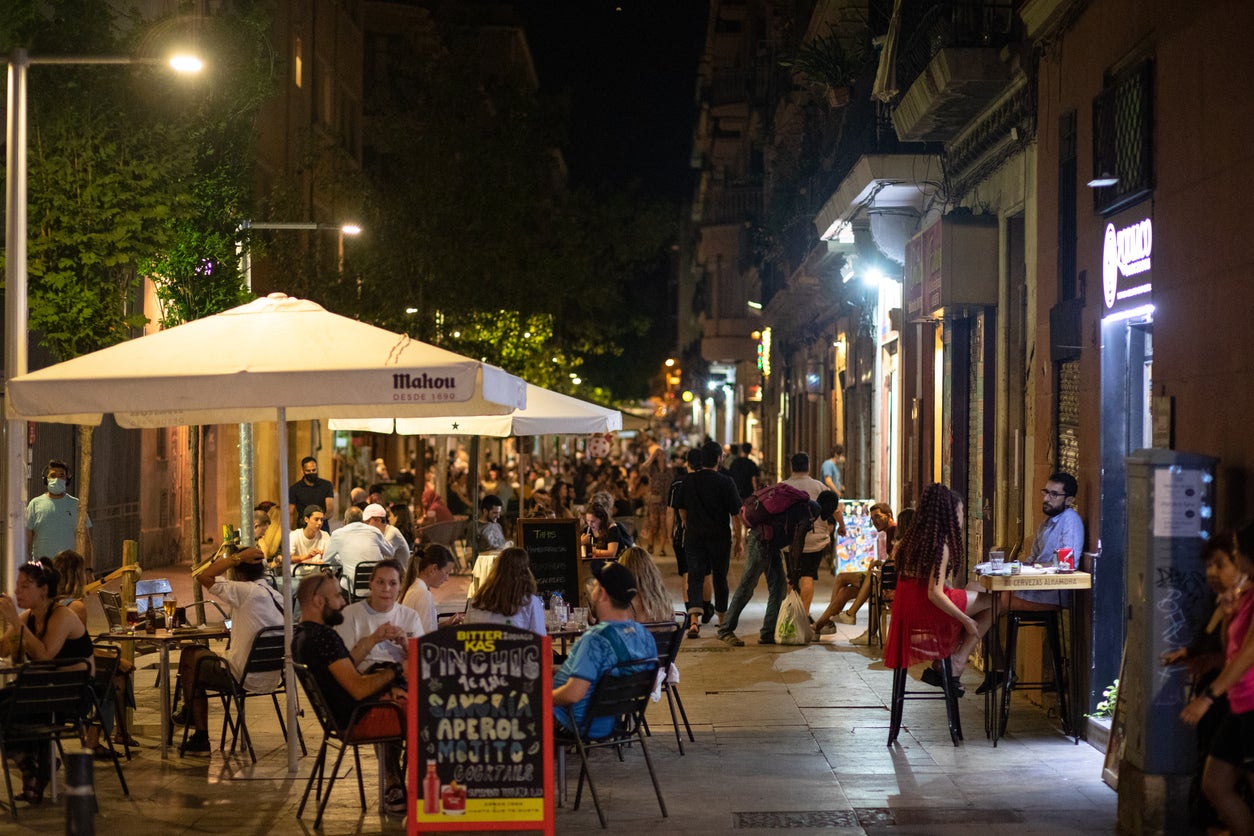
Barcelona’s culinary scene rivals that of almost every Spanish city. Those looking for luxury should book a table at Michelin-starred Disfrutar – once voted the second-best restaurant in the world – but it is in its tapas bars, low-key taverns and ‘international outlets’ where Barcelona really shines.
You’re bound to have heard of some long before you set foot in the city. Els Quatre Gats is an example, at one time frequented by Picasso himself and now offering a delicious mix of traditional dishes. Tapeo serves exquisitely presented modern tapas, such as meat-and-potato ‘bombetas’ and Catalan cannelloni, while in between you have Cal Pep, Quimet i Quimet and Xampanyet, to name just a few. At the opposite end of the scale, the bars on Carrer de Blai were once locally famous for offering a slew of pintxos at €1 each, though Covid has forced prices up to a still-respectable €2.
Once you’re sick of tapas – if it ever happens – there’s a variety of high-quality international cuisine on show here too. Find great Asian food at Koku or Mosquito, or try the best Spanish burger chain at Goiko. If you’re peckish in the heart of El Gothic, the pizza at Da Nanni tastes like it came straight out of the wood-fired ovens of Naples.
Take to the hills
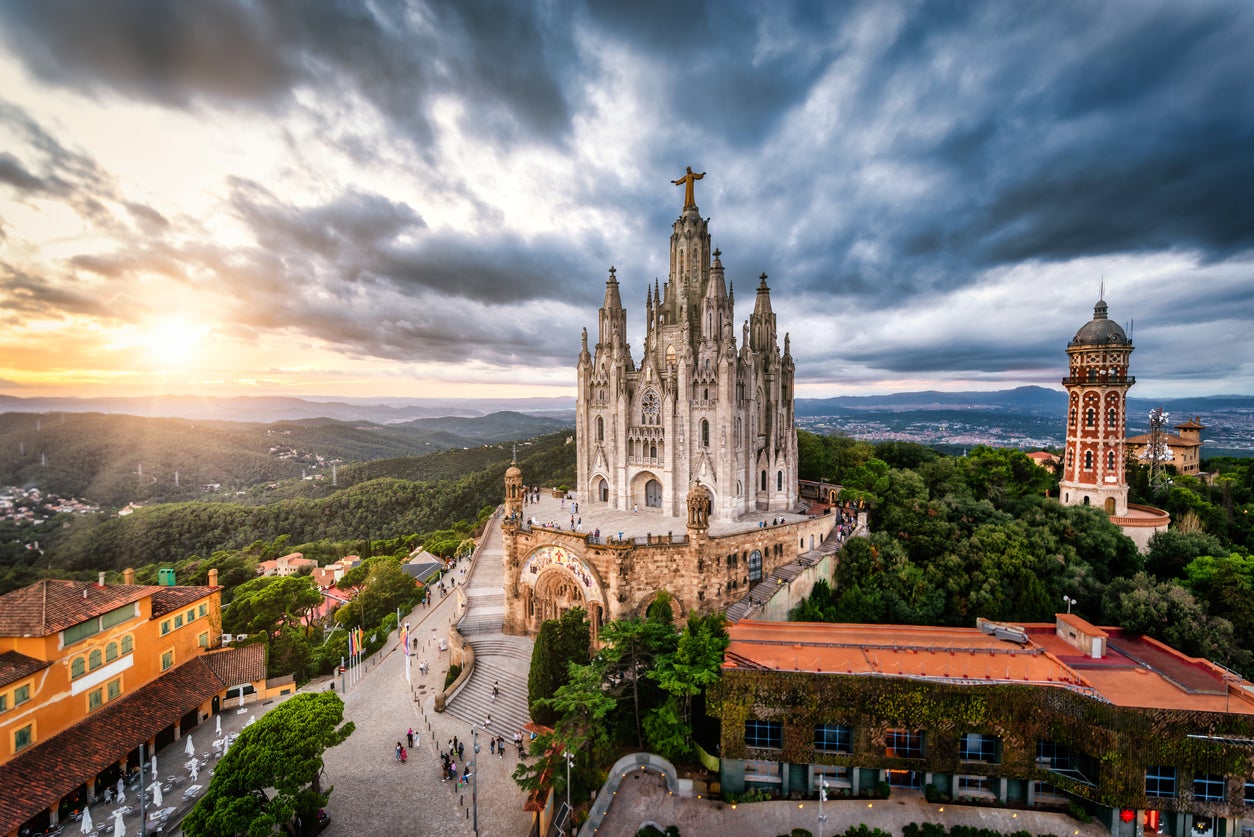
Barcelona is situated between the beautifully blue seas of the Mediterranean and a set of equally picturesque verdant hills, including Montjuic and the Serra de Collserola mountains. And while the vistas from the rooftop bars are worth waxing lyrical about, the best views of the city are from these hills.
The two most well-known are the aforementioned Montjuic, with its surrounding Olympic park, and Tibidabo, home to an amusement park, the Church of the Sacred Heart and Fabra’s Observatory, where the viewing deck hosts dinner under the stars between July and October.
Live like a local
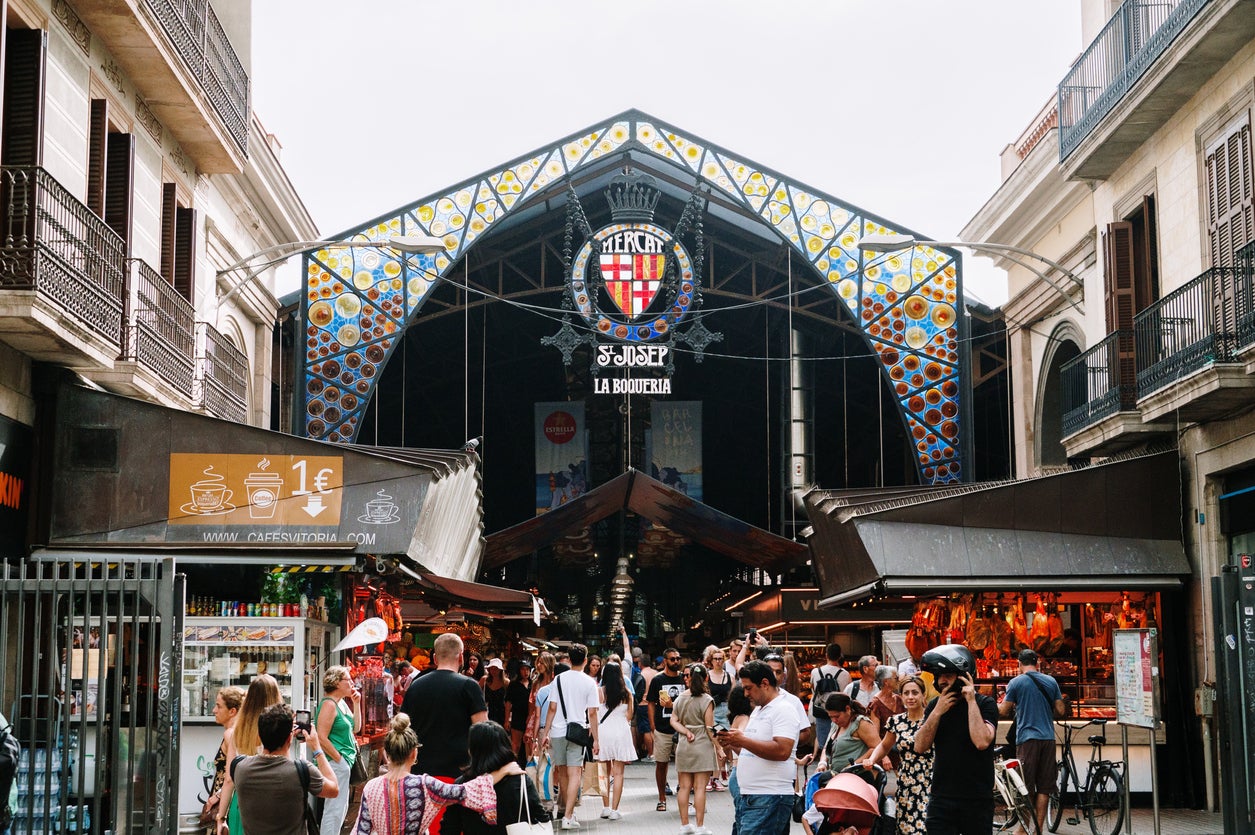
Living like a local means different things in different places, but in Barna, aside from football games and tapas crawls, you can take your experience to the next level with market and festival visits.
Markets feature prominently in Spanish life, and while much of a visit to La Boqueria might be spent evading other tourists, this market – aside from serving delicious food – is still widely used by residents for fresh produce and relaxed lunches in the surrounding stalls and restaurants. Santa Caterina is a quieter alternative, while those who prefer to browse antique and craft markets should make a beeline for Encants, held on Mondays, Wednesdays, Fridays and Saturdays from 9am until 8pm.
A lesser-known market-street food hybrid, Palo Alto Market Fest, takes place once a month on Calle Pellaires, where you’ll find clothing stalls, street food and plenty of locals sipping vermouth as they prepare for a night out.
For something on a larger scale, visit during spring and summer for festivals like Primavera Sound, Sonar and Cruilla, where you’ll find anything from world-famous artists to Spanish indie performers. Cultural festivals are also one of the biggest dates in the calendar: Catalan culture is celebrated on a city-wide scale, with dozes of stages hosting artistic and musical performances during La Merce, which takes places annually around 24 September.
Read our reviews of the best hotels in Spain
Join our commenting forum
Join thought-provoking conversations, follow other Independent readers and see their replies
Comments
Bookmark popover
Removed from bookmarks